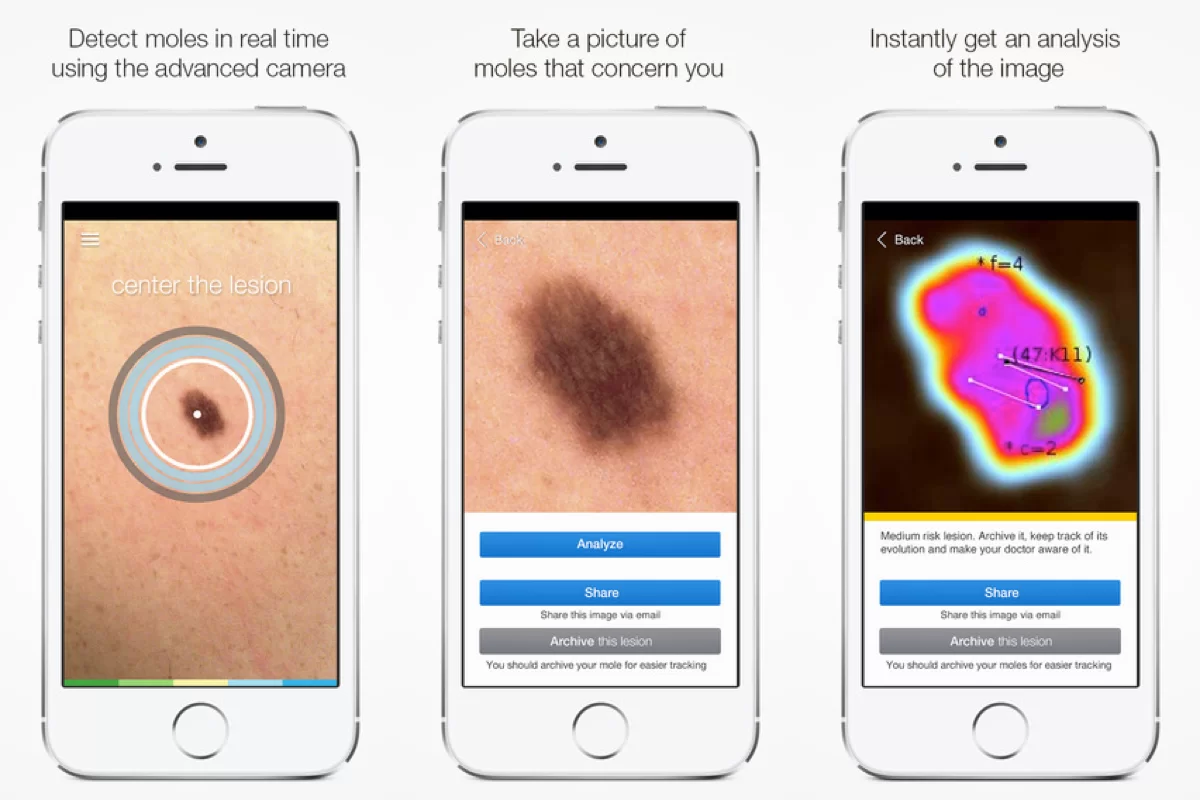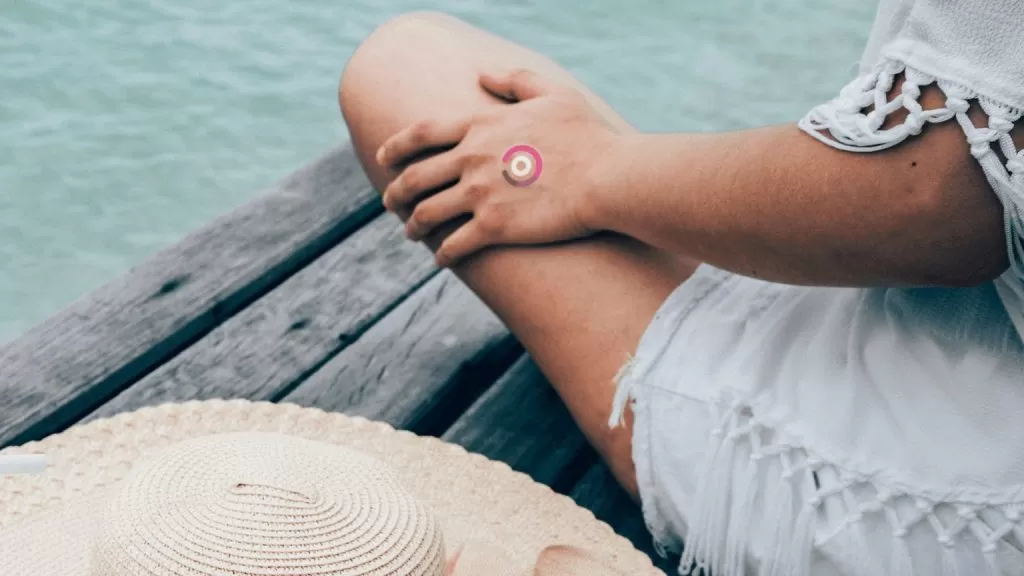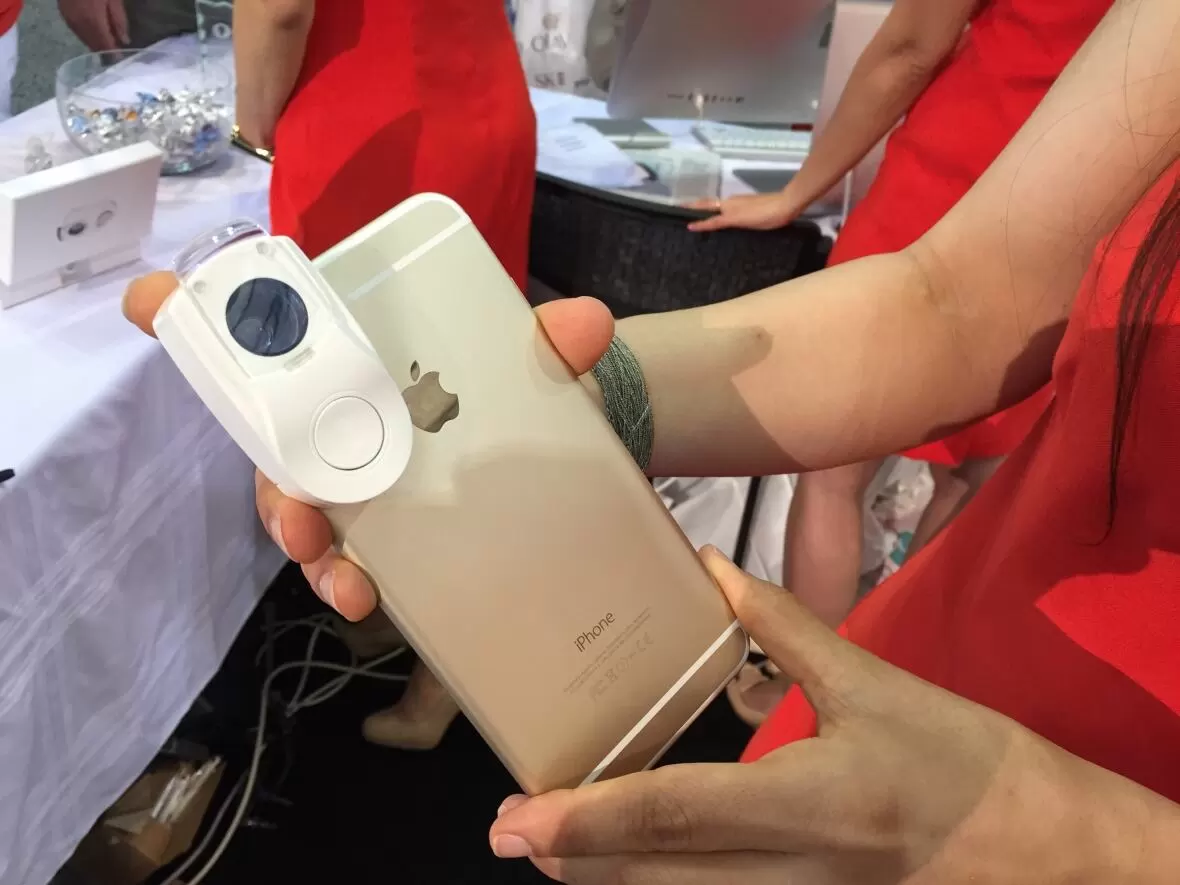With over 1 million people being diagnosed with non-melanoma cancer and nearly 300,000 with melanoma of the skin in 2018, skin cancer remains one of the most common types of cancer worldwide. While the world’s highest risk countries are those located close to the equator — those with the greatly reduced ozone layer and mostly fair-skinned population — skin cancer rates are high all across the globe. For example, according to the American Academy of Dermatology, about 9,500 people in the U.S. are diagnosed with skin cancer every day, and it is estimated that 1 in 5 Americans will develop skin cancer in their lifetime.
Considering the number of lives affected by skin cancer and the potential of lifestyle changes, both patients and their doctors are now looking to digital solutions as the means for broadening prevention efforts and detecting the disease in its early, more curable stages.
Leveraging mHealth Technologies in Oncodermatology
To date, thousands of apps focused on the changes in lifestyle habits, increasing awareness of various health issues, suggesting preventive steps, and helping with diagnosing has been developed. And a large portion of these apps is somehow connected to the cancer problem.
When it comes to skin cancer, the development of mHealth applications is largely focused on preventive measures. For example, some apps measure UV exposure and alert a user in case the risk level gets above the normal. There are also self-diagnosing chatbot apps that help patients to know when the health issue requires a visit to a doctor. There are also apps for psychological support, and, of course, thousands of those aimed at developing healthy habits.
Nevertheless, mHealth technologies also work great for healthcare providers. First of all, they promote the increase of trust between a patient and their doctor. Secondly, they ensure the efficiency of certain important processes, including:
- Provision of remote care for patients;
- Transmission of high-quality images directly through mobile phone technology for their immediate analysis;
- Faster response time;
- Avoidance of unnecessary referrals for face-to-face consultations;
- Convenient, fast, and secure tools for payers;
- Delivery of educational materials for both patients and doctors;
- Drug formularies always at hand.
But now let’s have a look at the existing mobile applications and wearables to find out how they work for onco-dermatologists and their patients.
Self-Care Mobile Apps
Dermatologists recommend carrying skin checks every month, but this does not mean that a person should visit a doctor so often. Such checks could be carried out in the privacy of a person’s own home. In today’s world, with the advent of self-care mobile apps, they become easier than ever, as well as more accurate. When it comes to skin cancer detection, such apps significantly increase chances for identifying the disease as early as possible. Below, you will find 3 examples of skin cancer prevention and detection apps existing today.

This app provides an integrated dermatology service as a preventive health medium, allowing to identify high-risk moles and giving recommendations on further steps to take. All you have to do is to take a photo of a mole you are concerned about, then AI embedded in the app will analyze it and provide you with information about possible risks, defining them as low or high. Nevertheless, the app so not provide diagnosis, but just recommendations.

The child of the University of Michigan, this app falls into the category of guiding apps, providing its users with information on steps included in skin cancer self-exam and surveillance. The second is achieved through the ability to create full-body photographic libraries in order to be able to track them and create a history of moles and lesions. Furthermore, the app includes a range of informational videos and literature on skin cancer prevention and sends reminders when the next self-exam is required.

Developed by the Oregon Health & Science University, the app provides quite similar functionality to the previous one. Nevertheless, what makes MoleMapper stand out, is the ability to literally map all the moles, in this way simplifying the change tracking process.
The above apps are mainly used for skin cancer detection and education, but there is also a range of devices and wearables aimed at increasing preventive measures.
Connected Devices for Skin Cancer Prevention and Detection
Because UV exposure is known to be among the top risk factors for the development of skin cancer, more and more wearables that allow measuring levels of UV radiation get to the market. But there are also other promising devices. Below, you will find information on both types.
UV Measuring Wearables

There are tens and maybe even hundreds of wearable devices for UV exposure measurement, coming various forms: wristbands, clips, patches, attachable sensors, nail-stickers, and so on. And although there are so slight differences in the ways such wearables inform its user about risk levels of UV exposure, the principle is the same. Nevertheless, some of them can give short recommendations (for ex., on applying sunscreen).
Skin Cancer Detection Cameras

One of the best examples of this type is MoleScope — a high-resolution camera that makes detailed, high-quality photos, simply with a mobile phone. The camera is compatible with the most popular models of smartphones, making it easier for users to check their moles by taking photos of them and then sending them via the MoleScope app to their doctors for further analysis. The app itself also contains many useful features, such as skin mapping, reminders, etc.
In addition to these devices, there are also a lot of others that help both doctors and their patients. Such devices include wearables for temperature measurement, blood pressure and pulse measurement, and measurement of other health parameters.
The Bottom Line
Mobile technologies will play a significant role in skin cancer prevention, detection, and treatment. Although today they are limited in functionality, with just 10% connected to a device or sensor, only 2% syncing with providers’ systems and few providing social networking functions, the improvement is fast.
At Elinext, we work hard to contribute to the technological future that would bring a lot of opportunities for the healthcare sector, and oncodermatology in particular. We build solutions that facilitate medical processes, offer wider and more convenient options for patients, involved in mHealth app development and enhance the process of treatment. Although for today there are no applications for skin cancer detection developed by our teams, our portfolio includes a guiding app that allow users to take control over their sunbathing, and the mechanisms used in the app can be used for risk-moles detection. Contact us with any questions. Let’s take a step in a healthier future together.









